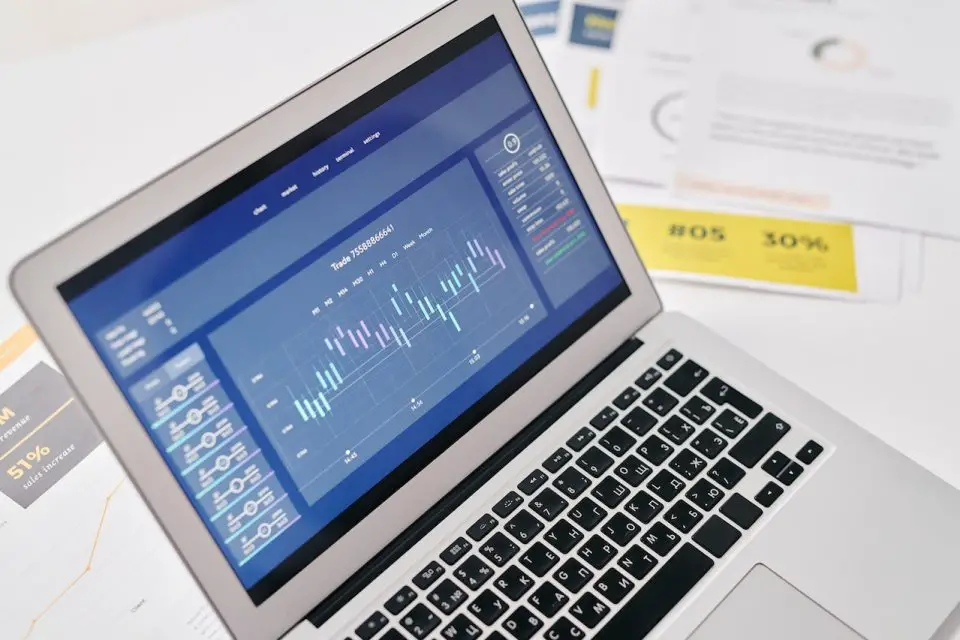In a significant shift that has rippled across global financial markets, bond traders are facing the stark realization that the era of rock-bottom yields may be a thing of the past. This shift is largely attributed to the surprising resilience of the US economy, coupled with ballooning debt and deficits. Concerns are also mounting over the Federal Reserve’s potential commitment to maintaining higher interest rates. As a result, yields on the longest-dated Treasuries are surging to levels not seen in over a decade, prompting experts to reconsider their perceptions of normalcy in the Treasury market.
Strategists at Bank of America Corp. are sounding the alarm, urging investors to prepare for the resurgence of a “5% world” that was prevalent prior to the global financial crisis. This period of higher interest rates is in stark contrast to the prolonged era of near-zero US rates that followed the crisis. Financial giants like BlackRock Inc. and Pacific Investment Management Co. are also echoing concerns about persistent inflation that could keep long-term yields climbing even further above the Federal Reserve’s target.
Jean Boivin, formerly of the Bank of Canada and currently at the helm of the BlackRock Investment Institute, notes a substantial repricing of longer-term rates. He underscores that the market is increasingly embracing the notion of enduring inflation pressures, despite recent advancements. Boivin states that macroeconomic uncertainty will likely dominate the landscape in the coming years, necessitating greater compensation for holding long-dated bonds.
The upheaval in markets contrasts sharply with last year’s positioning, when many anticipated a recession that would prompt the Federal Reserve to ease monetary policy. This expectation had raised hopes for a robust recovery from the challenges of 2022, which had inflicted the deepest losses on Treasuries in decades.
While the surge in rates could cushion the blow by elevating interest payments for bondholders, the broader impact extends to various sectors. Consumer spending, home sales, and the valuations of technology stocks are all vulnerable to the rate hike. Furthermore, the higher rates will exacerbate the US government’s financing costs, intensifying the pressure on deficits that are already necessitating significant borrowing.
The recent global markets turmoil has hit long-term bond hardest, erasing gains in the overall Treasury market for the year and setting the stage for a potential third consecutive annual loss. The repercussions have also reverberated through stock prices, which had rallied until recently based on expectations about the Federal Reserve’s trajectory.
Despite the prevailing sentiment, some analysts on Wall Street still anticipate the potential for an economic contraction that could temper consumer prices. While inflation expectations have moderated this year compared to previous highs, indicators suggest that the market foresees a gradual return toward the Federal Reserve’s 2% inflation target. However, many foresee the dominant risk as being a soft landing scenario that keeps inflation elevated.
The Federal Open Market Committee’s meeting minutes from July further underscored the shift in sentiment. Officials expressed reservations about the need for additional rate hikes, and there were indications that the Fed might continue to reduce its bond holdings even as rates ease, which could continue to weigh on the bond market.
This sentiment translated into a rise in Treasury yields during the recent week, with benchmark 10-year notes approaching 4.33%, a mark close to the peak seen in October and not witnessed since 2007. Thirty-year yields similarly surged to 4.42%, marking a high not seen in 12 years.
Beyond immediate financial factors, broader economic shifts are influencing the perception that the post-crisis era of low rates and inflation might have been an anomaly. Aging demographics, shifts in global economic dynamics, and environmental considerations are all playing a role in reshaping these expectations.
Kathryn Kaminski, Chief Research Strategist and Portfolio Manager at AlphaSimplex Group, highlights the need for investors to demand higher term premiums for long-term bonds in a potentially sticky high-inflation environment. Interestingly, despite the recent yield uptick, the term premium remains negative, though it has shown signs of narrowing.
The surge in US federal spending, resulting in a wave of new debt issuance, coupled with the Bank of Japan’s decision to allow higher 10-year yields, further amplifies the upward pressure on yields. This development could dampen Japanese demand for US Treasuries.
In light of these shifts, BlackRock’s Boivin emphasizes a major transition underway in the global central banking landscape. After years of keeping rates below the neutral rate to stimulate economies and counter deflation risks, central banks are now tilting towards policy that maintains rates above this neutral threshold to mitigate inflationary pressures.
In conclusion, the current upheaval in global markets and the bond landscape signifies a pivotal juncture for investors and economists alike. As bond traders grapple with the possibility of departing from the era of historically low yields, the broader implications on global markets and economic strategies remain under scrutiny. The evolving dynamics of bond yields serve as a potent reminder of the interconnectedness between financial instruments and global economic forces, underscoring the need for adaptability and foresight in navigating the ever-changing bond market terrain.
Source: Bloomberg

